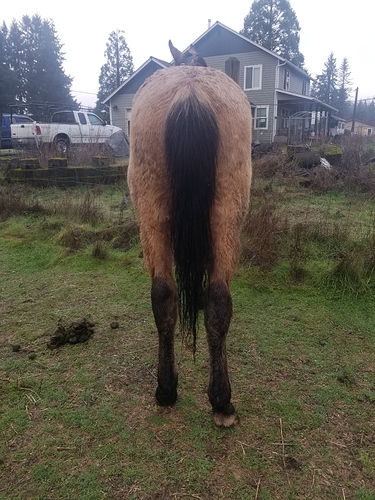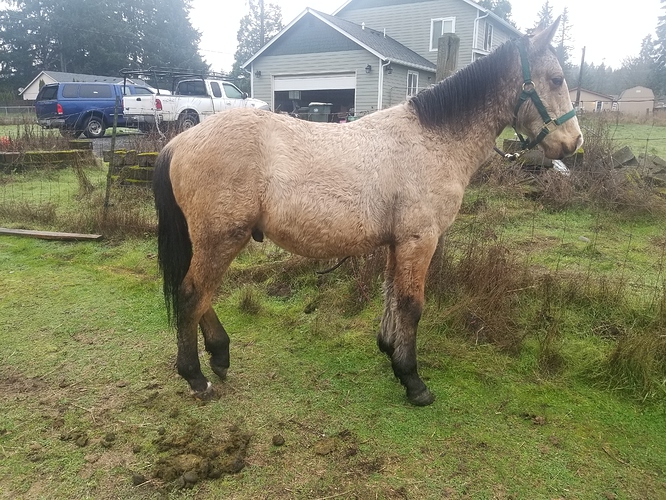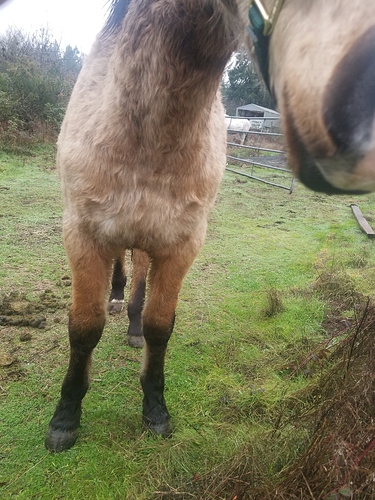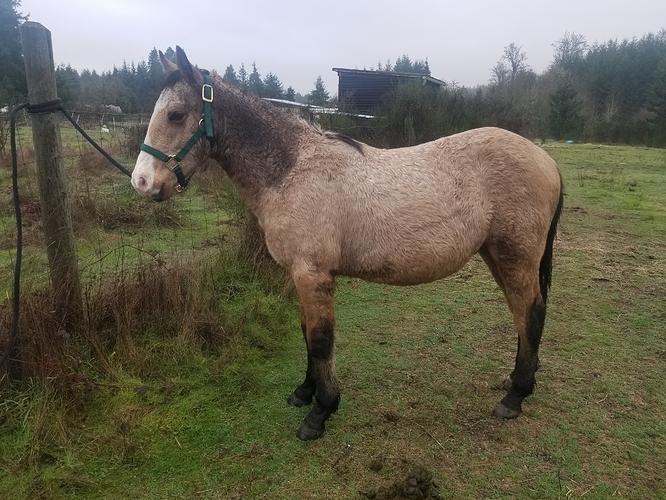There is such a thing as limiting NSCs too much for sure, especially without any good reason I’m curious what you had things down to?
When I say lower NSC, I mean at least keeping things 20% or below. A growing horse doesn’t need 30% NSC. Or even really 25% NSC, especially if it’s fed at typical rates of 5+lb a day. Most feeds with high NSC are high because of high starch, as they’re using a lot of cereal grains.
There’s nothing inherently wrong feeding 6lb of a 20% NSC feed to a foal or yearling or 2yo, but they don’t NEED it, and there’s no reason to even hint at possibly encouraging EMS with that. Yes, if they are working hard, they may need it (think 18 month racing stock in training, 2yos racing) but that’s something I disagree with anyway and not what the OP is doing.
Feeding them “more like” they will become metabolic, doesn’t mean feed them nothing more than 10% ESC + starch including hay.
This scenario from blob99 is a perfect example of why it’s not correct to say ALL horses must be fed NSC <15% (or 10%, which is what some of the fanatics want us to believe). If their work requires it, they require it. That’s why a lot of drafts who worked for a living, plowing fields all day, were able to, because the higher starch feeds they were fed fueled them. It’s also (part of) why they tied up, aka Monday Morning Sickness, after no (or very light) work on Sunday but still the same feed.
You have to feed the work the horse is doing.




 And TBH, since most ration balancers are kinda blah, some more, some less, it’s soooo nice to get them started on blander feeds so you don’t have to struggle to get from “omg that yummy high sugar feed was soooo good what is this crap you want me to eat now??” business
And TBH, since most ration balancers are kinda blah, some more, some less, it’s soooo nice to get them started on blander feeds so you don’t have to struggle to get from “omg that yummy high sugar feed was soooo good what is this crap you want me to eat now??” business 
 ! Lookin a bit like mule but that’s to be expected lol
! Lookin a bit like mule but that’s to be expected lol


